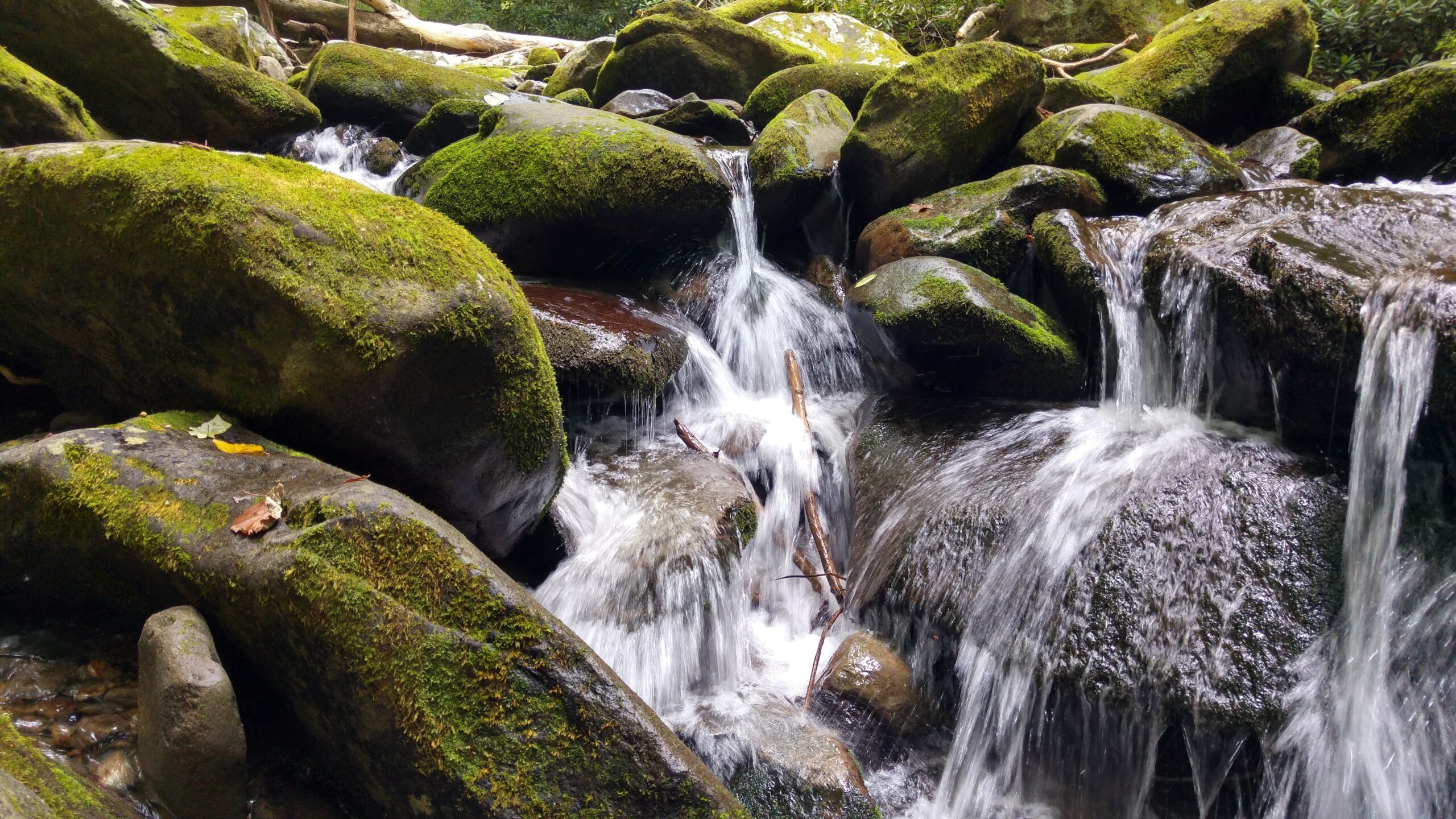Ben Houston, GroundPoint Engineering
Dams and the Local Watershed
Hydrology is concerned with the amount of water available within a watershed and how that water moves across the landscape. Dams play a role in how water flows down the stream they’re on, which is part of the watershed. The hydrologic impact of a project is based on how it will change the amount of water flowing downstream. They also hold a reservoir of water behind them, also known as the impounded area. This impounded area also affects water flows through the landscape.
The location of your dam in relation to the rest of watershed can be important. If the dam is located near the outlet of the watershed, where the stream empties into a larger river of body of water, there is very little anticipated hydrologic impact. If a dam is located in the middle or in a headwater region, or beginning of the stream, then the impacts of the dam can be pervasive downstream. As a general rule, hydropower does not consume water or remove it from the system.
A good primer on how the Saw Kill Project started to better understand hydrology in the Saw Kill watershed was developed by the Bard Water Lab.
Potential Changes to Water Flow
Flood Control – Most legacy dams were not designed for flood control. Most small hydropower projects would be considered “run of river”, meaning the hydropower project does not store and release water under a managed plan. Instead, the dam can only hold a set amount of water before it spills over. The flood control role of these dams is not expected to change unless there is a specific demand or requirement to manage your dam for flood control in the future. Installing a micro hydropower system on an existing dam will likely have little to no effect on the dam’s flood control ability.
Bypass Removal – Micro hydropower installations can have a larger impact on a stream if the system removes water from the stream and returns the water downstream of the dam. This removal and reintroduction of water is called bypass removal, as water bypasses a section of the stream. Hydropower technology options that require water bypass removal include systems with a penstock. The length of stream where the water flow would be reduced the location where that water would be re-introduced into the channel are the areas to assess for impact. Maintaining a level of stream flow that ensures the stream ecosystem remains healthy will be an important consideration. Technologies that return water almost immediately adjacent to where the diversion occurs likely have a lesser hydrologic impact.
Groundwater – Depending on the location of the dam within the watershed, groundwater withdrawals and discharges may increase or decrease flow in the stream. For example, groundwater withdrawn near the stream that is discharged farther away (i.e., for irrigation or public water consumption) has the potential effect of reducing immediate flow in the stream (Barlow 2012). Conversely groundwater being withdrawn some distance away from the stream and being discharged either into the shallow subsurface in proximity to the stream or directly into the stream (i.e. via wastewater treatment facilities) may have the effect of increasing otherwise naturally occurring stream flow.
Permanent Water Loss – There is potential for some very minor water losses may occur as some water changes from liquid to water vapor as part of a micro hydropower system’s operational turbulence. Such losses are likely similar to natural losses caused by the splash and mist over a dam and/or natural waterfalls. The amount of water loss caused by vegetation consuming water in the riparian zone will likely be larger than any measurable water loss due to hydropower turbulence. In addition, some water is lost due to evaporation over the surface area of the reservoir behind the dam. Given the size of most legacy dams in New York State, this is not anticipated to be a significant issue.
Listed below are other sources of hydrologic impact that may exist in a watershed that typically have nothing to do with hydropower installation. However, they may be important as part of the assessment of long term cumulative environmental impacts of human activity and the incremental contribution to those impacts of a specific hydropower project.
Potential Increases in Flow:
- Increases in impervious surfaces (ex: pavement, roads, parking lots)
- Reduction in forest canopy and riparian zone vegetation (changes in land cover of plants)
- Increases in Wastewater Treatment Plant outputs (if a site is near a wastewater treatment facility output site)
Potential Decreases in Flow:
- Reduction in impervious surfaces
- Enhancements in forest canopy riparian zone vegetation (greater tree/plant cover)
- Increases in Drinking water withdrawals


No responses yet